This article provides an overview of the information contained in the new Analysis of Changes, 2005 NEC regarding a few of the more significant changes to the requirements for fire pump installations in Article 695. The revisions to the 2002 NEC rules include changes to the overcurrent protection requirements, overcurrent device selection, disconnecting means locations, power circuit wiring sizes, and overload protection.
695.4(B)(1) Overcurrent Device Selection
Change at a Glance.A new sentence, “The requirement to carry the locked-rotor currents
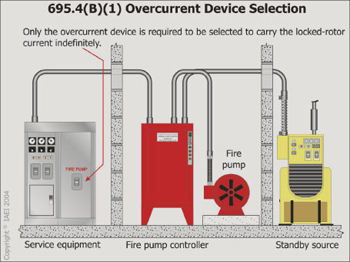
Figure 1. 695.4(B)(1) Overcurrent Device Selection
indefinitely shall not apply to conductors or devices other than overcurrent devices in the fire pump motor circuits,” has been added to the end of 695.4(B)(1).
Analysis and Effect
Overcurrent protective devices for fire pumps are required to be capable of carrying the sum of the locked-rotor current of the fire pump motor(s), the pressure maintenance pump motor(s) and the full-load current of the associated fire pump accessory equipment for an indefinite period of time. This rule does not apply to conductor sizing. Conductor sizing is determined by rules in 695.6, but it appears that there have been instances where conductors and other equipment associated with fire pumps have been required to be capable of carrying motor locked-rotor currents indefinitely. The addition of this new sentence to 695.4(B)(1) should clarify that the rule applies only to the overcurrent device and helps eliminate misinterpretation of the requirement.
695.4(B)(2) Disconnecting Means
Change at a Glance.A new item (4) has been added to 695.4(B)(2) regarding fire pump disconnecting means.
Analysis and Effect
Disconnecting means for fire pumps are required to be located remote from other types of disconnecting means in order to reduce the likelihood that it will be inadvertently opened by people who don’t recognize its purpose. A principle focus of 695.4 is that of maintaining a continuity of power for fire pumps because of the importance of that equipment being operational when needed. There apparently has been some misunderstanding as to what the term remote means and different locations have been selected for fire pump disconnects. The new 695.4(B)(2)(4) has been added to help clarify that disconnecting means for fire pumps are not to be located in or near an enclosure containing other disconnecting means.
695.5(B) Overcurrent Protection
Change at a Glance.A new sentence, “The requirement to carry the locked-rotor currents
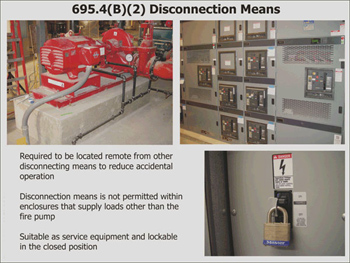
Figure 2. 695.5(B) Overcurrent Protection
indefinitely shall not apply to conductors or devices other than overcurrent devices in the fire pump motor circuits,” has been added to the end of 695.5(B).
Analysis and Effect
Primary overcurrent protective devices for transformers supplying fire pumps are required to be capable of carrying the sum of the locked-rotor current of the fire pump motor(s), the pressure maintenance pump motor(s) and the full-load current of the associated fire pump accessory equipment for an indefinite period of time. This rule does not apply to conductor sizing. It appears that some have applied the “locked-rotor current” rule to conductors and other equipment associated with fire pumps by requiring them to be capable of carrying motor locked-rotor currents indefinitely. The addition of this new sentence to 695.5(B) should clarify that the rule applies only to the overcurrent device and help eliminate misinterpretation of the requirement.
695.6(C)(2) Power Wiring
Change at a Glance.The text of 695.6(C)(2) has been revised regarding the sizing of conductors supplying fire pump motors only.

Analysis and Effect
Wording in 695.6(C)(2) of the 2002 Code does not provide guidance regarding the selection of conductors for reduced voltage start motors. This change includes a reference to 430.22 to provide a source of information regarding the selection of conductors supplying across-the-line and reduced voltage start motors. This reference also emphasizes that sizing is based on motor full-load current and not overcurrent protective device settings. Voltage drop is another factor that must be taken into consideration in the selection of conductors to supply fire pump motors as stipulated in 695.7. This revised wording should be helpful in selecting the correct size of conductors supplying a fire pump motor and the reference to 695.7 alerts Code users that voltage drop affects the selection also.
695.6(D) Overload Protection
Change at a Glance.The text in 695.6 has been revised and the wording “Except as provided in 695.5(C)(2)” has been deleted from the second sentence.

Figure 3. 695.6(D) Overload Protection
Analysis and Effect
The wording in the main paragraph and Exception No. 2 of 695.6(D) has been revised to make the rules clearer. The second sentence was also amended to delete the wording “Except as provided in 695.5(C)(2).” With the deletion of that wording, the second sentence now reads, “Branch-circuit and feeder conductors shall be protected against short circuit only.” The deletion of this wording makes the rule clearer and removes a source of confusion. That wording could have been interpreted as implying that 695.5(C)(2) permitted or required a different application than having short-circuit protection only. Branch circuits and feeders supplying fire pumps are not permitted to have overload protection in series with them.
695.6(H) GFPE
Change at a Glance.A new 695.6(H) entitled “Ground-Fault Protection of Equipment” has been added.
Analysis and Effect
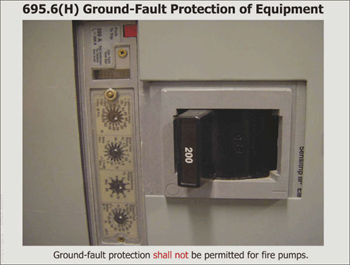
Photo 3. 695.6(H) Ground-Fault Protection of Equipment
Two existing rules in the Code prohibit ground-fault protection equipment from being used with fire pumps. Requirements for ground-fault protection of equipment applied to feeders by 215.10 exempts fire pumps from having to comply with the rule. The application of that type of protection for services as covered in 230.95 also states that ground-fault protection of equipment is not applicable to fire pumps. While it should be apparent that GFPE is not suitable for use with fire pumps because of the necessity for the pumps to continue to operate even under fault condition, it is good that specific language be included in 695.6(H) to make that point very clear.
This preview provides a glimpse of a few of those changes relative to fire pumps published in the Analysis of Changes 2005 NEC. This information has been extracted from the IAEI book Analysis of Changes, 2005 NEC where information about other changes to the National Electrical Code can be found as well.







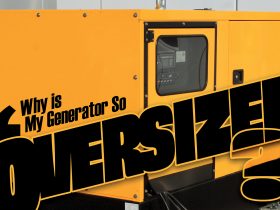
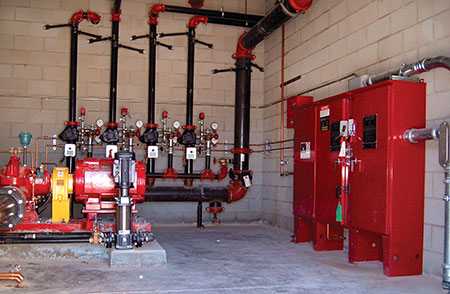
Find Us on Socials